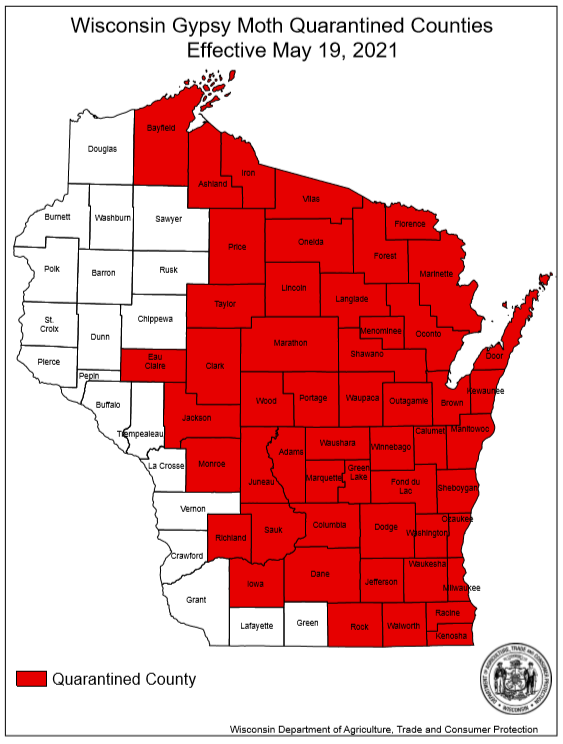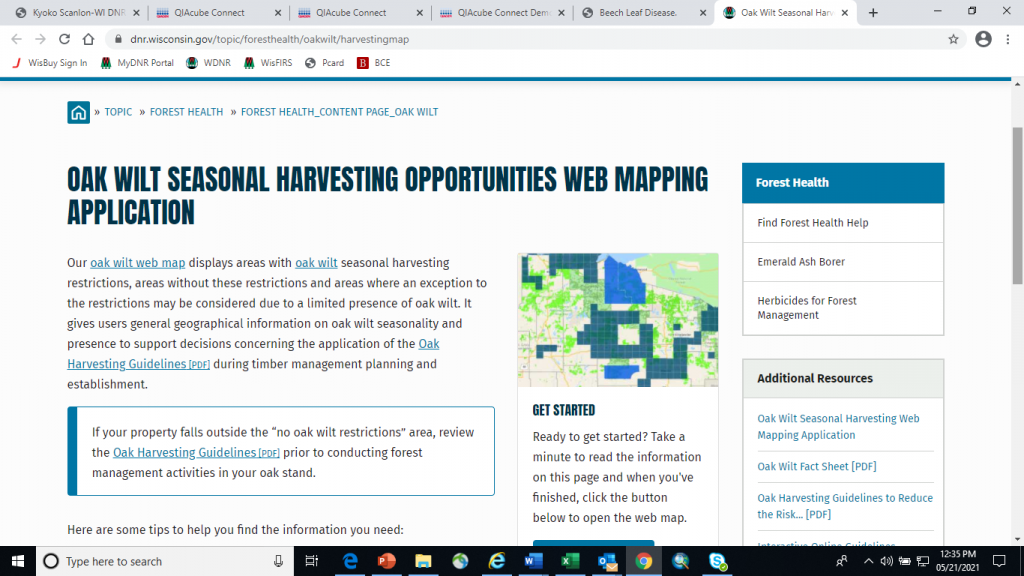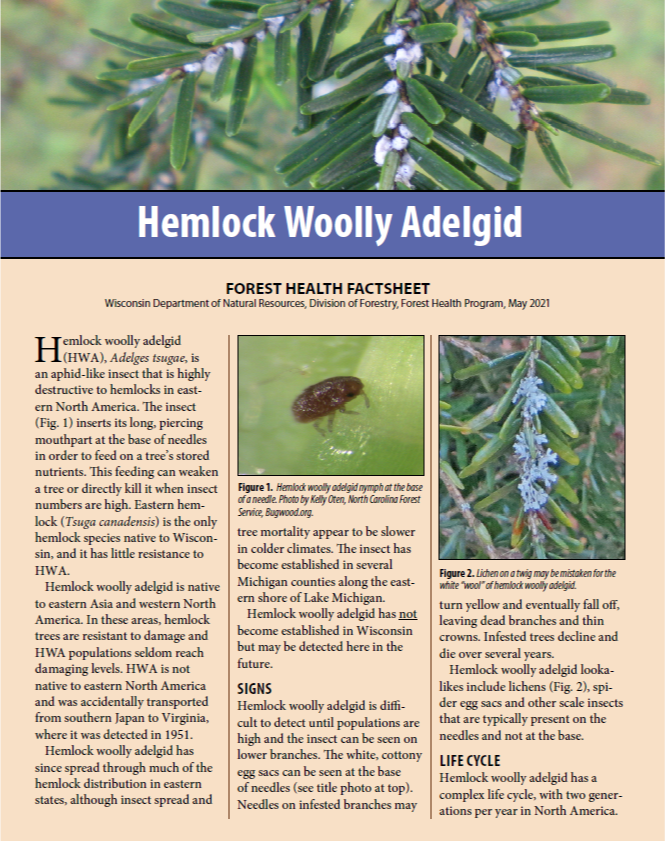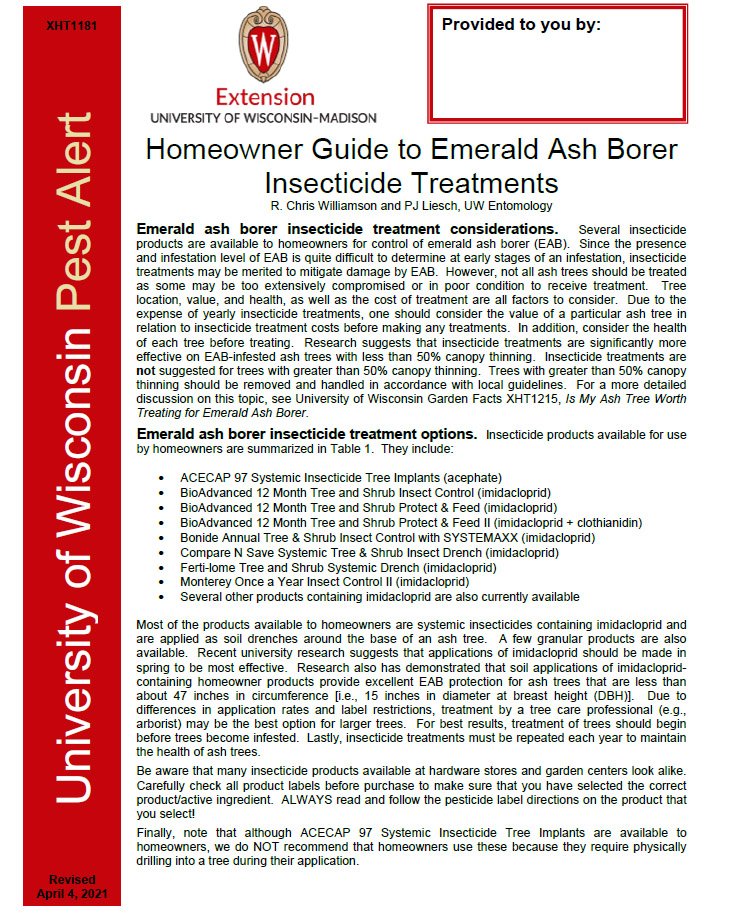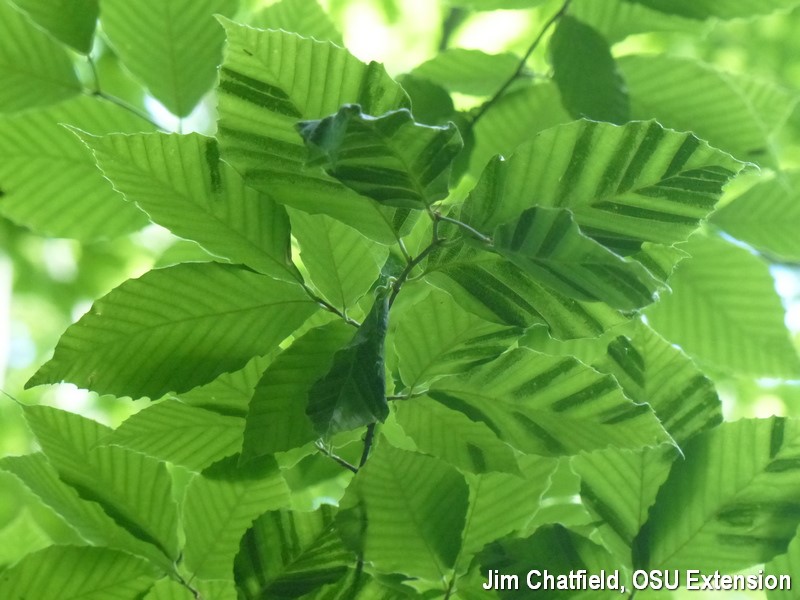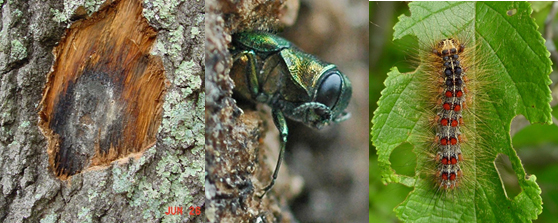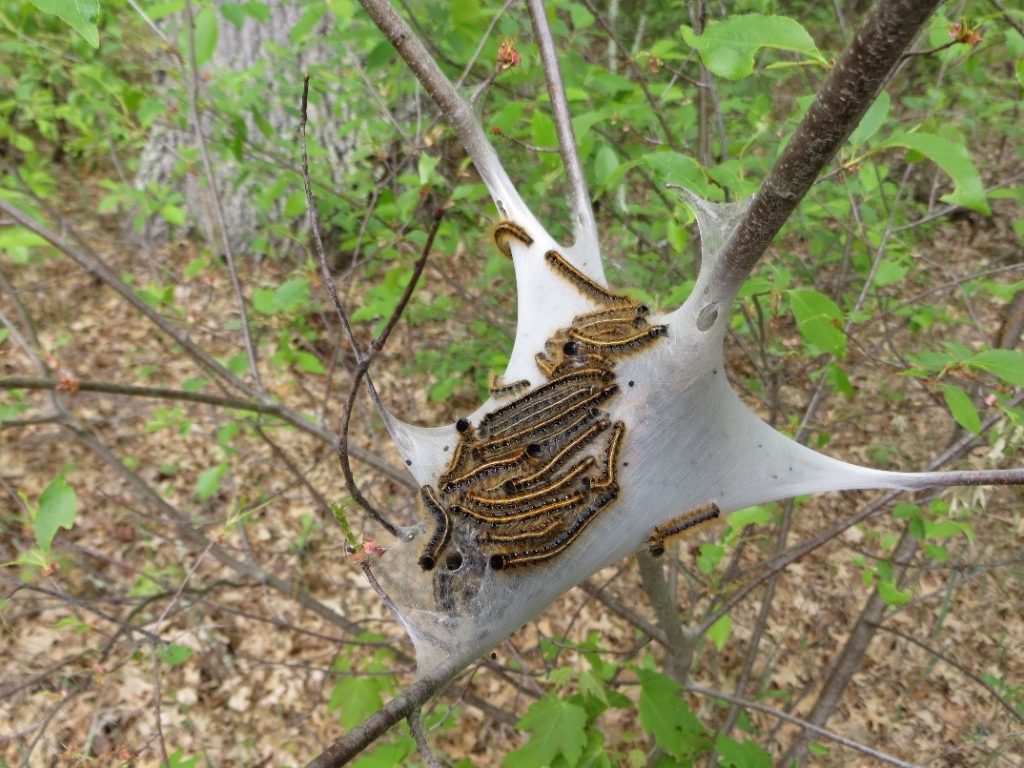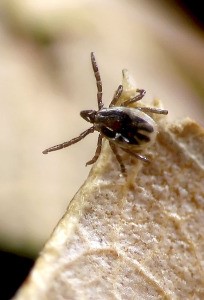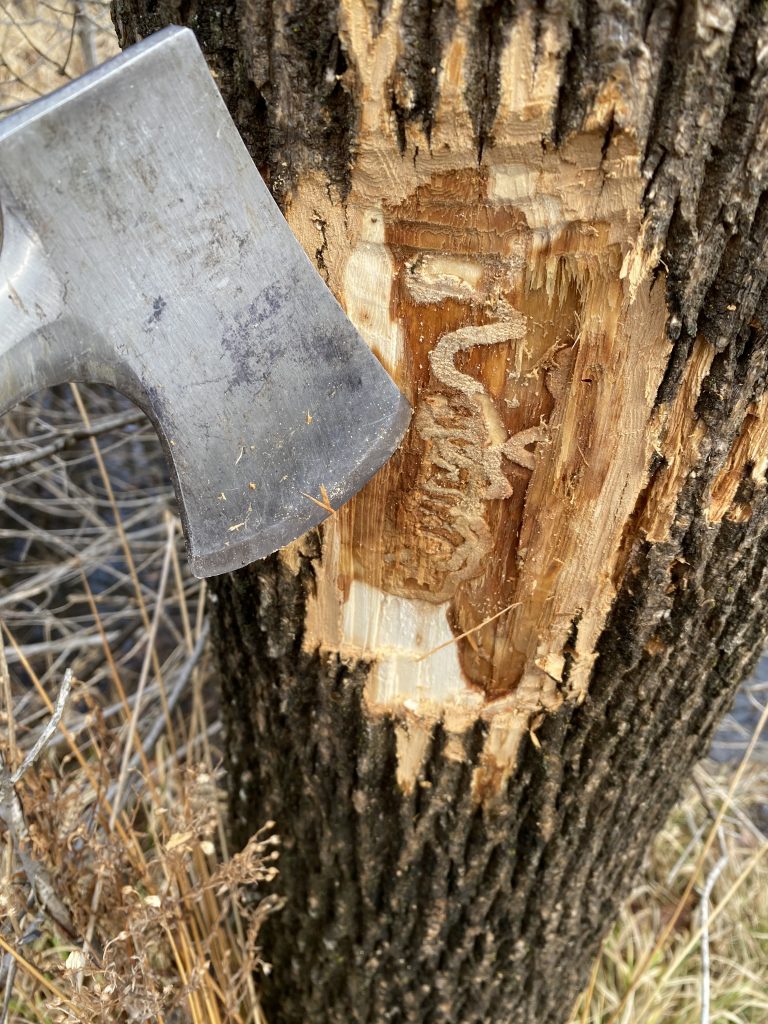By Bernie Williams, DNR Invasive Plant Specialist. Bernadette.Williams@wisconsin.gov or 608-444-6948.
Giant hogweed is a non-native, invasive plant that has gradually gained a foothold in the northeastern U.S. Once popular for its massive size and white umbrella-like flowers, it was introduced as an ornamental as early as 1917. Now known for its harmful blisters, it is recognized as a public health hazard and controlled wherever possible.
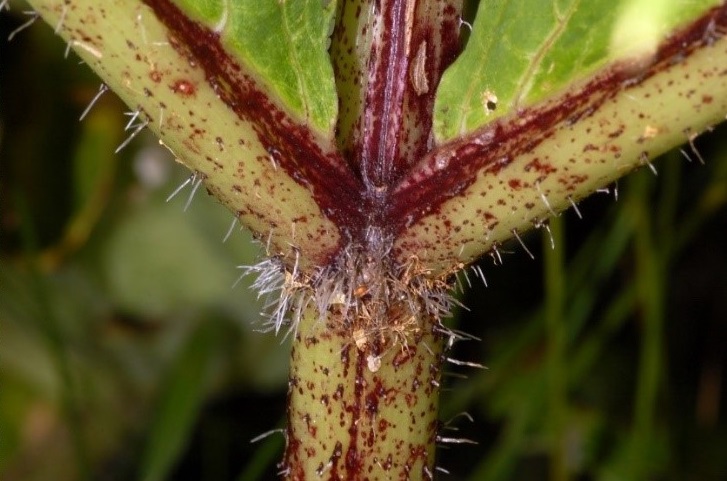
Characteristic purple blotches and white hairs on green stem of giant hogweed. Photo credit: Herkulesstaude_Fritz Geller-Grimm

